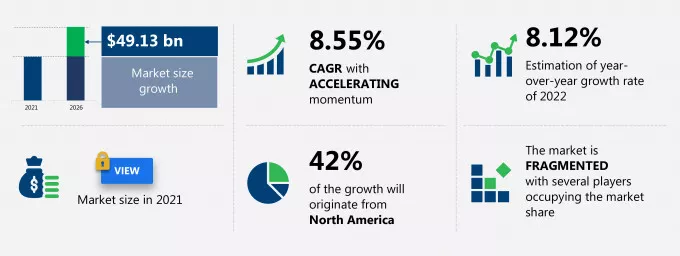
Fashion Industry Disruption: Analyzing the Growth of Fast Fashion and Its Consequences
In the ever-evolving world of fashion, the term “fast fashion” has gained immense popularity and has significantly altered the dynamics of the industry. Fast fashion refers to the rapid production of inexpensive, trendy clothing that allows retailers to quickly respond to the latest trends and deliver new collections to consumers at an astonishing pace. While fast fashion has brought about several transformations in the way we shop and perceive clothing, its growth has also led to a range of consequences that warrant careful consideration.
The Emergence of Fast Fashion:
Fast fashion emerged in the late 20th century as a response to the increasing demand for affordable yet stylish clothing. Brands like Zara, H&M, and Forever 21 pioneered this trend by introducing a business model that focuses on speed and efficiency in production. Unlike traditional fashion cycles that had a few seasonal releases each year, fast fashion brands release new collections on a weekly or even daily basis. This rapid turnover of styles allows consumers to stay up-to-date with the latest trends without breaking the bank.
The Pros of Fast Fashion:
Fast fashion has undoubtedly brought some positive changes to the fashion industry. One of the key advantages is accessibility. It has democratized fashion by making trendy clothing accessible to a wider range of consumers, regardless of their budget. This has empowered individuals to express themselves through clothing and experiment with different styles.
Moreover, fast fashion has played a pivotal role in reducing the gap between runway trends and what’s available in stores. Previously, high-end fashion designs took months to reach the general public. With fast fashion, this time lag has been significantly reduced, allowing consumers to embrace the latest trends almost immediately after they appear on the runway.
The Dark Side of Fast Fashion:
However, the rapid growth of fast fashion comes with a set of consequences that cannot be ignored. One of the most glaring issues is the environmental impact. The fast fashion model is built on producing large quantities of clothing at a low cost, which often leads to overproduction. This overproduction contributes to the excessive consumption of resources such as water, energy, and raw materials. Additionally, the disposal of cheap and low-quality garments contributes to the mounting issue of textile waste in landfills.
Furthermore, fast fashion’s relentless pursuit of low costs has led to concerns about the ethics of production. To maintain low prices, some fast fashion brands have been accused of outsourcing production to countries with lax labor laws and poor working conditions. This has raised questions about the treatment of workers and the social responsibility of these brands.
The Shift Towards Sustainable Fashion:
In response to the negative consequences of fast fashion, a growing movement for sustainable fashion has gained momentum. Sustainable fashion focuses on producing clothing in an environmentally and socially responsible manner. This includes using eco-friendly materials, adopting ethical labor practices, and promoting slow fashion—buying fewer, higher-quality items that last longer.
Several brands have taken steps to incorporate sustainability into their business models. For instance, brands like Patagonia and Eileen Fisher have been pioneers in the sustainable fashion space, emphasizing durability and ethical production. Even some fast fashion giants are beginning to explore sustainable practices, albeit at a slower pace.
Balancing Innovation and Responsibility:
The fashion industry is at a crossroads where innovation and responsibility need to find common ground. It’s essential to acknowledge that fast fashion has revolutionized the way we interact with clothing, making fashion more accessible and dynamic. However, the environmental and ethical issues associated with its growth cannot be brushed aside.
As consumers, we hold significant power to drive change. By making conscious choices and supporting brands that prioritize sustainability and ethical practices, we can influence the industry’s direction. This might mean investing in fewer, high-quality pieces, supporting second-hand markets, or demanding transparency from brands regarding their production processes.
Conclusion:
The growth of fast fashion has indeed disrupted the fashion industry, revolutionizing the way we consume clothing. While it has made fashion more accessible and responsive, the consequences of this rapid growth are evident in terms of environmental degradation and ethical concerns. The rise of sustainable fashion showcases a potential path towards balancing innovation with responsibility.
As we move forward, it’s important for both consumers and industry players to recognize the impact of their choices. By fostering a culture of conscious consumption and promoting sustainable practices, the fashion industry can evolve into a more responsible and accountable entity without compromising on its creative spirit. After all, fashion should be a form of self-expression that reflects not only personal style but also a commitment to the world we inhabit.




